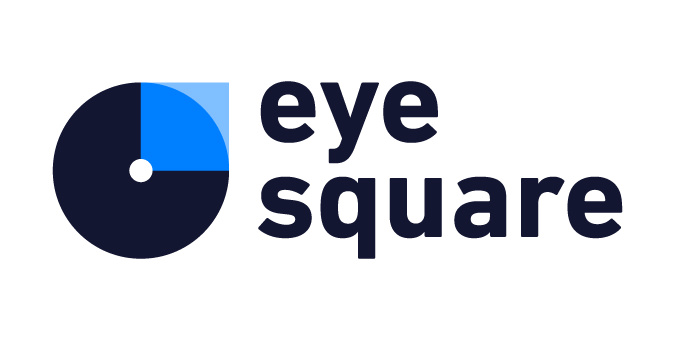14 Okt. ESOMAR Congress Revelations 2015
Researching the New Shopper Experience (NEW)
Exploring how shoppers are more digital and emotional, while the research is more implicit and virtual
Dublin / 27 September 2015
In combination with Congress 2015
The last decade has seen a dramatic increase of shopper research. We want to discuss the reasons, explain innovative approaches and future trends. The workshops will be practical oriented and interactive.
First, shopper research has proven its value; it has gained a great reputation delivering direct and decisive impact on sales. We will show positive cases about packaging, trade marketing and category management. We also want to address the issue of the Holy Grail of Return on invest with guidance on how ROI can be assessed and how this could be documented and communicated properly.
Secondly, shopping itself is changing. The internet and the usage of smartphones has altered buying. The shops are becoming much more experience oriented. They deliver emotions, they address certain values and develop a narrative for shoppers. New payment methods and self-service cashiers are effective while digital signage is getting more accessible. In short, many new questions are raised around the shopper. We want to give an update about the recent trends and findings.
Third, many new research devices have appeared on the market. Many of them provide data about the implicit consumer processes like attention, emotion and behavior. Shoppers can be assessed through smartphones and video cameras. Algorithms allow for an automatic detection about their position, speed and initial emotional reactions. Eye tracking is now miniaturised and affordable, hence provides exact information about visual attention in large-scale samples. Virtual 3D technologies allow pre-testing on a much more realistic level than it used to be. Furthermore, consumer technologies like wrist bands are used for assessing activity and emotions.
 All of these methods claim to go beyond the limitations of self-reported measurements, and to deliver extended insights especially about-hidden drivers. In the workshop, we want to give an overview of these new technologies, the potential added value and the limitations. Using our experience with successes and failures we want to give advice on the right usage and the right communication. We will also have a special section to address privacy questions coming out of these new techniques.
All of these methods claim to go beyond the limitations of self-reported measurements, and to deliver extended insights especially about-hidden drivers. In the workshop, we want to give an overview of these new technologies, the potential added value and the limitations. Using our experience with successes and failures we want to give advice on the right usage and the right communication. We will also have a special section to address privacy questions coming out of these new techniques.

